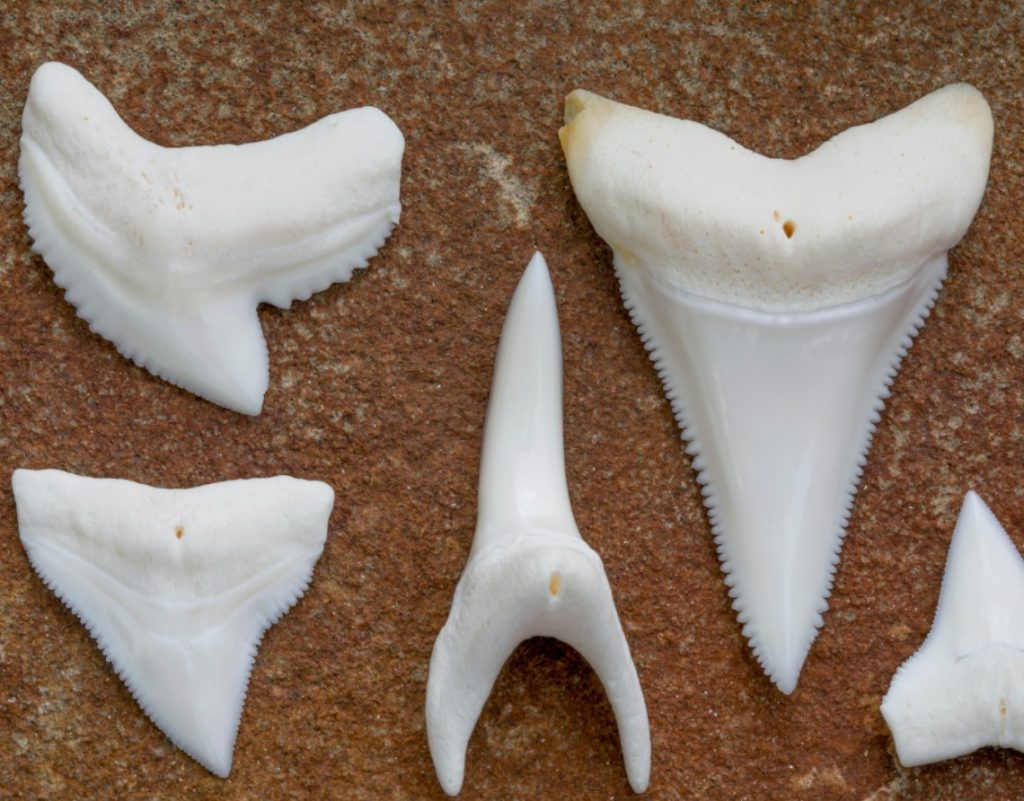Spatial ecology is the study of an organism’s use of habitats and ecosystems throughout its lifetime. A variety of factors influence spatial ecology, including, but not limited to: food availability, habitat type, season, reproductive activity, and predator avoidance. Not surprisingly, as an animal grows and ages, it will often change its pattern of habitat use. We study the spatial ecology of big fishes to detect these patterns and to identify those habitats that may be critical to the success of their populations.
As human populations continue to grow, habitat destruction and overfishing are changing the spatial ecology of sharks and rays. Several studies have shown that species abundance and diversity decreases with increasing proximity to human population centers. One of the most vulnerable groups of fishes are the sawfishes, and we have seen drastic reductions in preferred habitat (clean estuaries, mangroves and sandflats) for all five species of sawfishes. Once common throughout the Caribbean, the largetooth and smalltooth sawfish species have not been observed in recent years (over 25 years for the largetooth) and are now considered ecologically if not functionally extinct throughout the MesoAmerican reef region (Mexico, Belize, Guatemala and Honduras). By identifying critical habitats for big fishes, we hope to keep this pattern from continuing.
MarAlliance has revealed patterns of behaviour and movements in a range of large marine wildlife including turtles, manta rays, whale sharks and reef-associated sharks. See our publications page for our papers on this topic.



